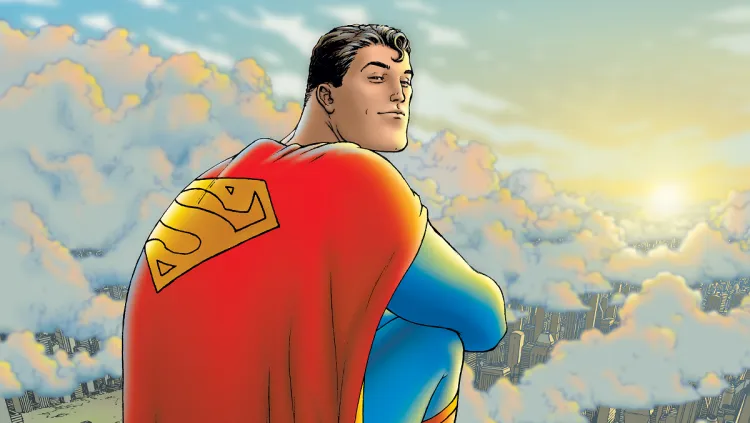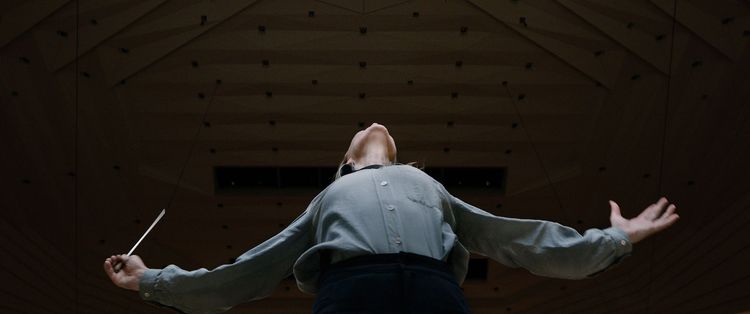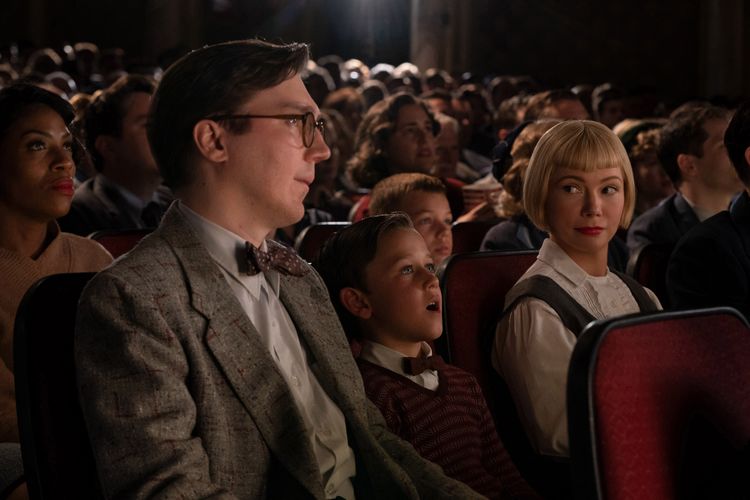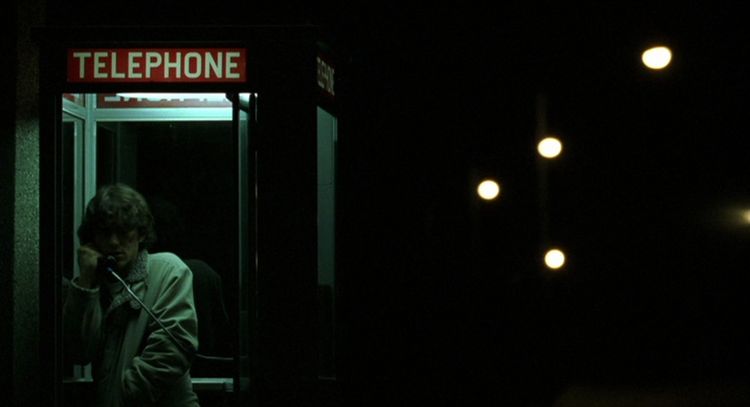Blockbuster Yin and Yang: The Striking Similarities of "Top Gun: Maverick" and "Avatar: The Way of Water"

If you look at the box office reports of the past year, you'll see two blockbuster sequels vying for the top spot: Top Gun: Maverick and Avatar: The Way of Water. The former is a macho yet grounded 80's throwback fueled testosterone and the American Spirit, featuring incredible aerial cinematography and dog fighting scenes performed by the actors in real jet fighters; the latter being a CGI extravaganza, transporting audiences to an alien world to witness its native population fend off the human invaders who mean to threaten the natural order. On the surface, some could say these are diametrically opposed films: "Maverick is thinly disguised military propaganda!" "Avatar is just woke hippy "Save the Planet" bullshit!" But if you dig a little deeper, you start to notice some interesting patterns across each movie. So let's take a look at the similarities between these movies and see what they can tell us about what filmmakers and audiences want in blockbusters.
Big Screen Dreamers
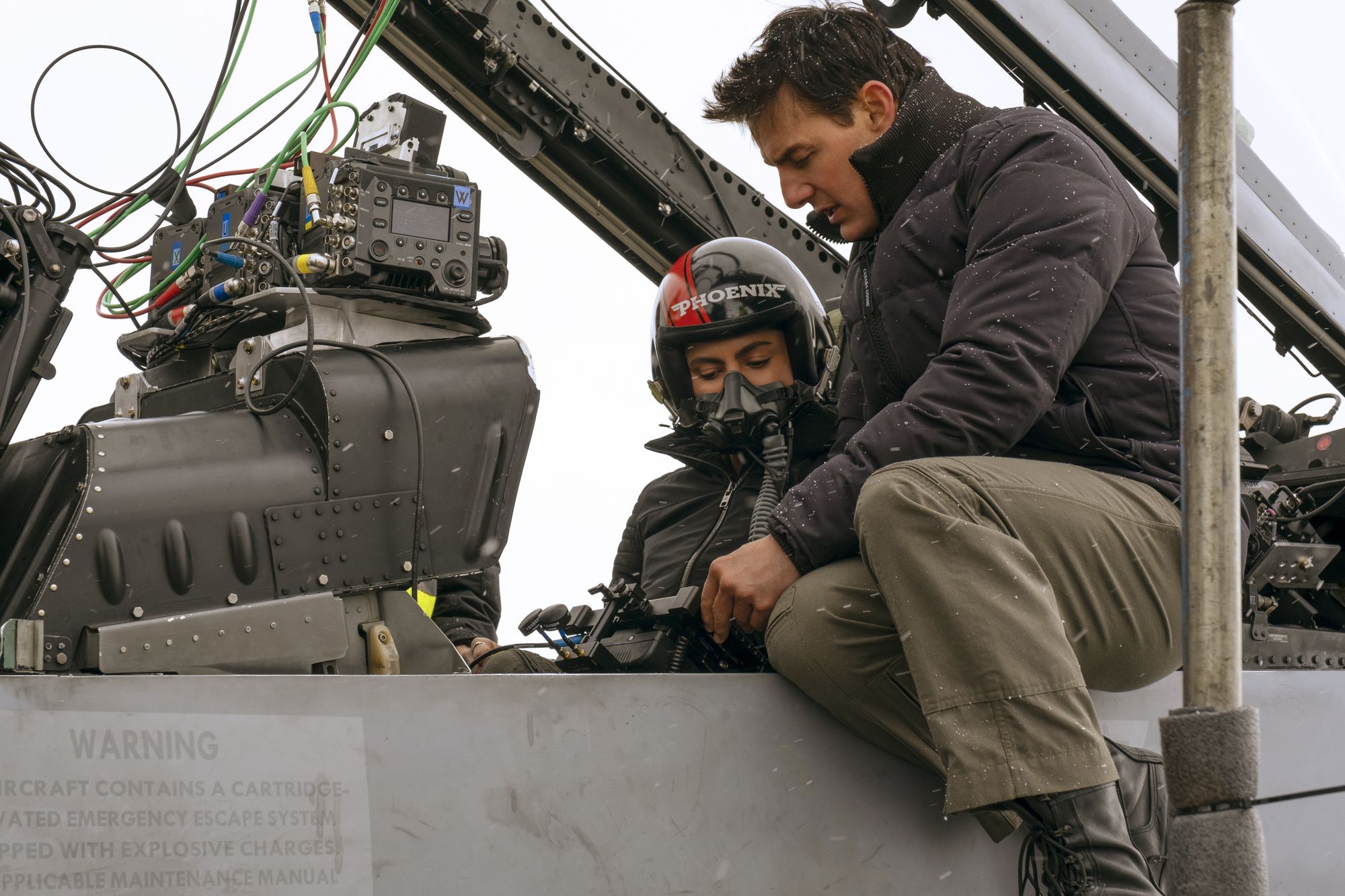
Before we jump into the movies themselves, we have to take a look at the filmmakers behind them, specifically two men: Tom Cruise and James Cameron. When not jumping on couches or exploring the bottom of the sea respectively, these two share a deep passion for cinema and the movie theater experience. They both strive to make massive action blockbusters that take full advantage of the latest filmmaking technology to deliver an experience best delivered only in a movie theater. That's not to say they're all spectacle and no substance; they spend a great deal of work crafting fully realized characters audiences will latch onto and root for. They have an innate understanding of storytelling and cinematic language that serves as a foundation for the action set pieces and elevates their films to true masterpieces that must be seen on the big screen.
But when crafting these films, they go about it in vastly different ways. For Cruise, everything has to be grounded in reality. He's been famous for performing a number of insane stunts for the Mission: Impossible films over the years, from motorcycle chases, HALO jumps, to scaling the world's tallest building. These stunts serve a greater purpose than just showing off though, it's about immersion. If the audience knows that's actually Tom Cruise hanging off a real airplane during takeoff and not some CGI trickery, that allows them to buy into the reality of the film and character of Ethan Hunt more easily and adds a dimension of real suspense to the scene. For Maverick, Cruise went the extra mile. Working with director Joseph Kosinski, they strove to film their high flying action sequences using real F-18s piloted by the actors themselves, putting the actors through a flight school bootcamp and developing camera technology to capture the actor's performances within the cockpit as they fly. This brings the audience right into the heart of the action alongside the actors, effectively making them their wingmen.
Cameron, on the other hand, strives to transport the audience into a completely different reality, a beautiful yet hostile world lightyears away in the far off future, populated by exquisite yet dangerous flora and fauna, along with various tribes of nine foot tall blue aliens called the Na'vi. While the initial filming for the Avatar films consists of actors covered in dots on bare-bone sets in a dull warehouse, Cameron employs cutting edge performance capture technology and an army of incredibly talented artists to transform the actors into their Na'vi counterparts and teleport them into the rich and vibrant environment of Pandora. With the help of solid world building, industry best CGI, and smart uses of 3D and variable frame rate technology, audiences are taken into an immersive and seamless world unlike anything they can experience in the real world or any other movie.
So while both Tom Cruise and James Cameron have radically different approaches, I believe they both share the same goal: to create thrilling immersive cinematic experiences that can only be truly appreciated on the big screen.
Fathers and Sons

Now, let's move onto the actual film and look at one of their biggest similarities: daddy issues!! In Top Gun: Maverick, Pete "Maverick" Mitchell is called to train a group of Top Gun graduates to prepare them for a dangerous, top secret mission. Among those graduates is Bradley "Rooster" Bradshaw, the son of Maverick's best friend Nick "Goose" Bradshaw, who died in an accident during the first Top Gun movie. They clash heads early on in the film, as Rooster is overly cautious in his flying and barely speaks to Maverick. It is later revealed that, at the behest of Rooster's mother who didn't want him to fly, Maverick blocked his application to the Naval Academy, setting back his career and making him resent Maverick. But as the film goes on, they learn from each other, and in the end work together to complete the mission and reconcile.
Not to be outdone, Avatar: The Way of Water has two dads for the price of one!! First up is Jake Sully, human marine turned Na'vi-avatar resistance leader. In the beginning of the film, it is revealed that Jake has started a family with his wife Neytiri, consisting of the oldest son Neteyam, middle son Lo'ak, and youngest daughter Tuk, as well as adopted children Kiri and the human boy Spider (we'll get back to him in a second). Of these family dynamics, the film focuses most of its attention towards the relationship of Jake and his stubborn, rebellious son Lo'ak. Jake and Lo'ak repeatedly clash throughout the film, whether it's over Lo'ak not following Jake's orders and being impulsive or Jake ignoring Lo'ak's input. But over the course of the film, they both grow: Lo'ak matures and learns the importance of diligence and keeping a level head, while Jake softens a bit and learns to rely on his children.
But for a more complex father-son relationship, let's look at Col. Quaritch (or rather his Na'vi-avatar clone implanted with all his memory up until his death in the first film) and is estranged son Miles "Spider" Quaritch, who was left on Pandora when the humans initially retreated and raised by Jake and the Na'vi. When Quaritch arrives "back" on Pandora and is "reunited" with his "son", Spider, their relationship gets off to a very rocky start (mostly because Quaritch kidnaps him). But they form a fragile partnership as Spider acts as a reluctant guide to Quaritch and his team as they track down Jake Sully. It's interesting watching their relationship evolve, with Quaritch learning a lot about living on Pandora and the Na'vi's culture from Spider and growing very protective of him. While they are still on opposite sides of the conflict for the future of Pandora, they grow to respect each other. Spider even saves Quaritch's life at the end of the film, before leaving him to reunite with the Sullys. So, for those keeping score, that's three fraught father-son relationships across two movies? What does it all mean?? We'll get back to that, but first...
The Fog of War
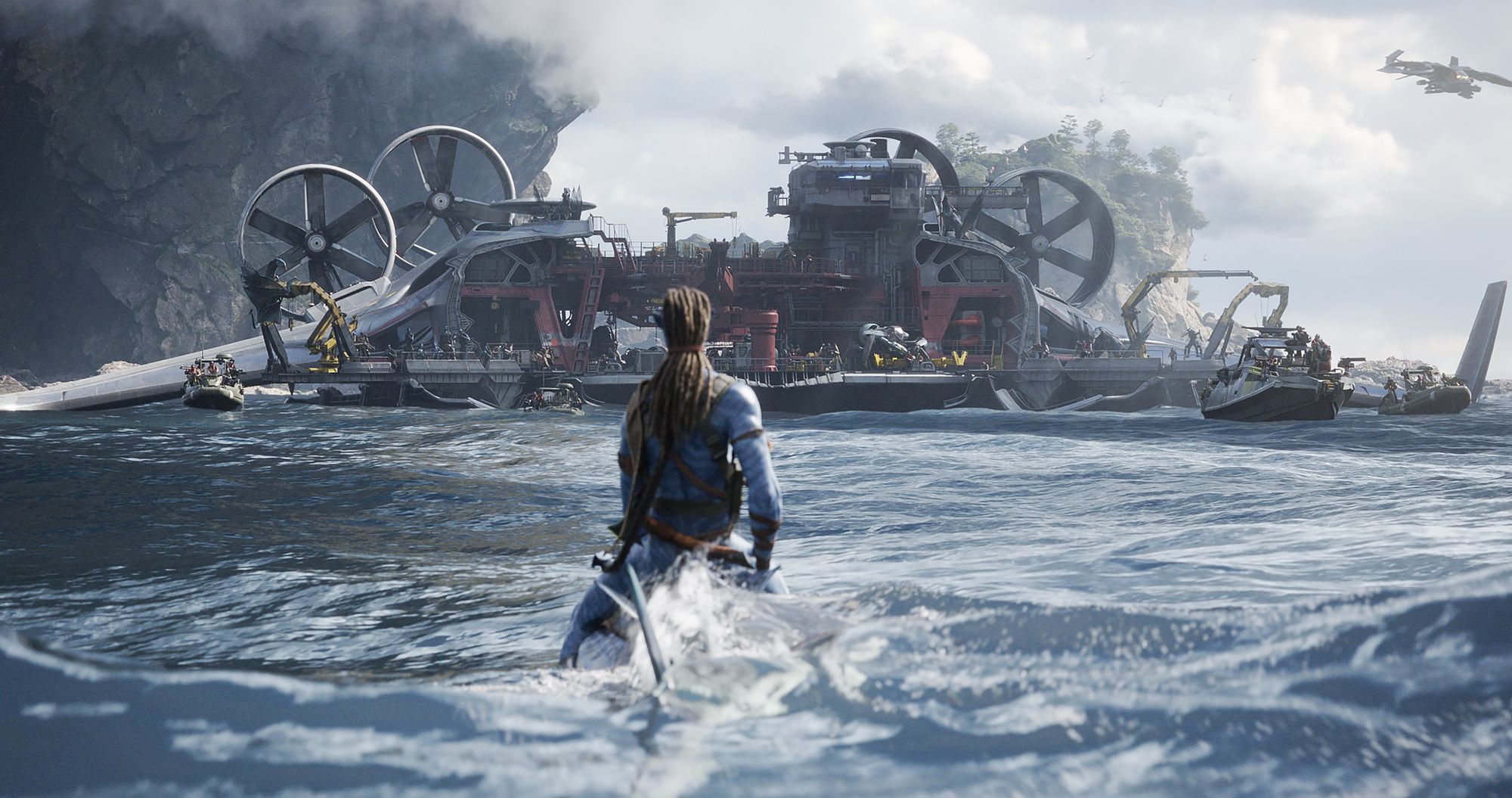
Politics!! Everybody's favorite part of going to the movies!
Now you might be thinking, "Harrison, these movies aren't political! They're just about cool space whales and a bunch of buff, athletic, totally straight dudes playing football on a beach, no homo!!". Well we'll leave the homoerotic subtext of the Top Gun franchise for another time, but I regret to inform you that A.) all art is inherently political and B.) war is super political. Because yes, these are both war movies: Top Gun: Maverick follows a covert strike on an illegal foreign nuclear enrichment plant by the US Navy, while Avatar: The Way of Water is about an indigenous population defending their homeland from an imperialist military encroaching on their natural resources. These are films about armies, battles, and conflicting ideologies. Capital "P" Political content right there.
But what I find interesting about both movies is the careful steps the filmmakers take to "soften" the politics of their movies and make them more palatable to general audiences. For example, the country in which the mission is being carried out against is never specified, only being referred to as "The Enemy". "The Enemy'' pilots never speak and are always obscured by their dark helmets and even the geography of the country doesn't have a real world counterpart. This allows the film to come off as "politically neutral", presenting no other ideology than "Whoa, those F-18s are pretty sick!" and lets audience enjoy the high flying action without having to consider the geopolitical implications of a covert attack on foreign soil.
And while the conflict in the Avatar films mirror similar struggles indigenous people endured throughout history, the sci-fi setting and the fantastical elements of Pandora obscure those parallels. While the Na'vi are clearly indigenous coded, there aren't a lot of details linking them to specific native cultures in the real world, instead just going for a very generalized indigenous vibe. It should also be noted that, while a few Na'vi are portrayed by indigenous actors (such as Cliff Curtis and Wes Studi), a majority are played by white or non-indigenous actors. I mean, the protagonist of the series is a white man whose consciousness is projected into the body of a Pandoran Native. While the ethics of what some critics refer to as "blueface" are somewhat questionable, the portrayal of the Na'vi let's audiences engage with their struggle without having to think about the real world history of indigenous peoples.
Nostalgia and Legacy
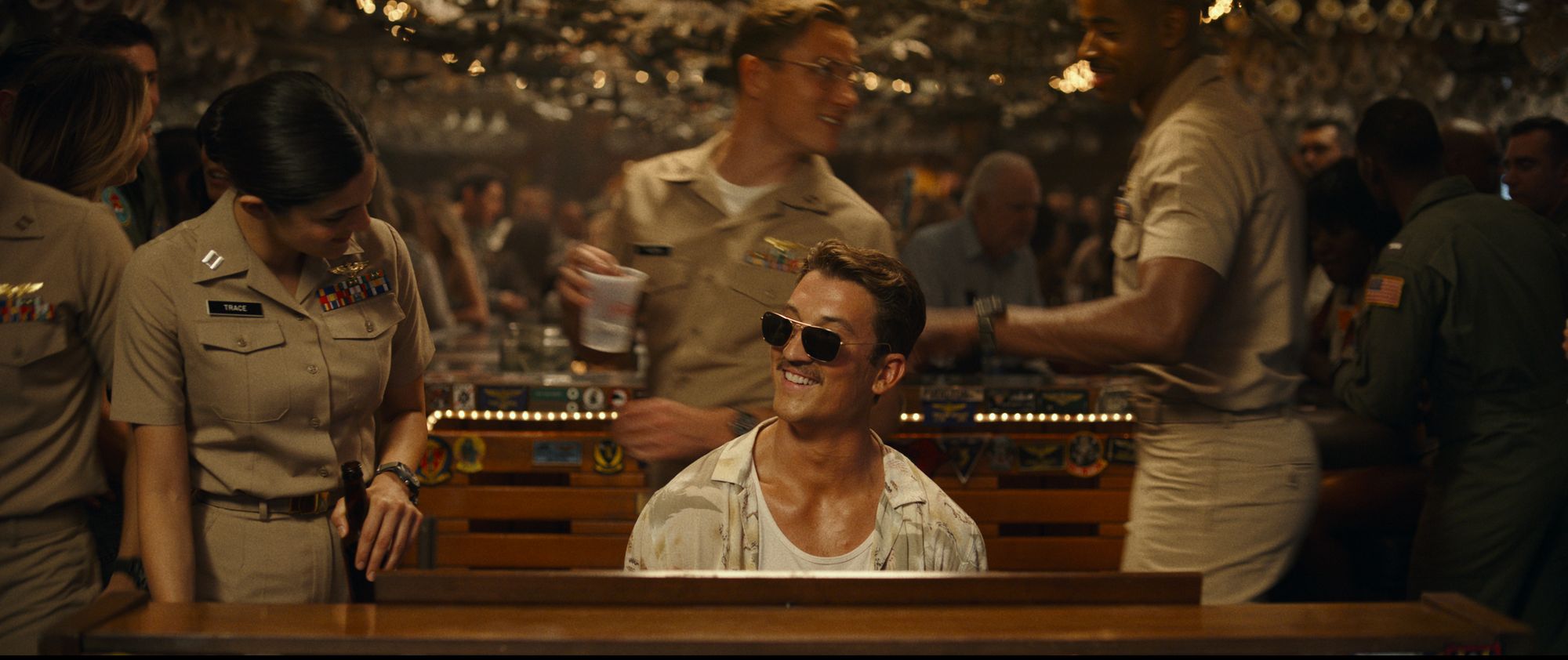
OK, was the political discussion too scary for you? Don't worry, let's get you a nice cup of hot cocoa and wrap you up in the nice and cozy blanket of nostalgia.
Firstly, Top Gun Maverick is chock full of nostalgia for the original film. It literally opens with a shot-for-shot recreation of the original opening! The nostalgia ranges from the subtle (Jennifer Connelly "The Colonel's daughter" from a throw away line in the original), to the nonsensical (how does a group of millennial Naval pilots know all the lyrics to "Great Balls of Fire"?), to the heartfelt (Maverick and Iceman's touching reunion). It is a film that has a lot of reverence for its predecessor and does its best to replicate the magic of the original, including reusing the music, recreating iconic shots, and remixing scenes into something familiar but fresh.
Avatar: The Way of Water is a little different. Aside from a couple scenes revisited from a different perspective, the film isn't as nostalgic for the first Avatar in the same way Maverick is for Top Gun. However, what's interesting to me is how much Way of the Water mirrors a lot of elements from James Cameron's filmography. The most obvious is the oceanic and underwater setting, reflecting Cameron's real life passion for deep sea exploration that can be seen in his other films like The Abyss and Titanic. There's also some smaller details, such as Quaritch's squad of Avatar Marines resembling the crew of Space Marines from Aliens or the sleek and skeletal Skel Suits the humans pilot that evokes the terrifying, metallic frame of the T-800 Terminator from the Terminator franchise. And then of course there is the harrowing finale where Jake and his family must escape the sinking Seadragon, a sequence that brings back memories of Jack and Rose running through the twisting halls and fleeing the rising water as the eponymous ship sank in Titanic. So while The Way of Water isn't as much of a nostalgia fest as Top Gun: Maverick, it still possesses an interesting relationship with the past.
Minor Reflections
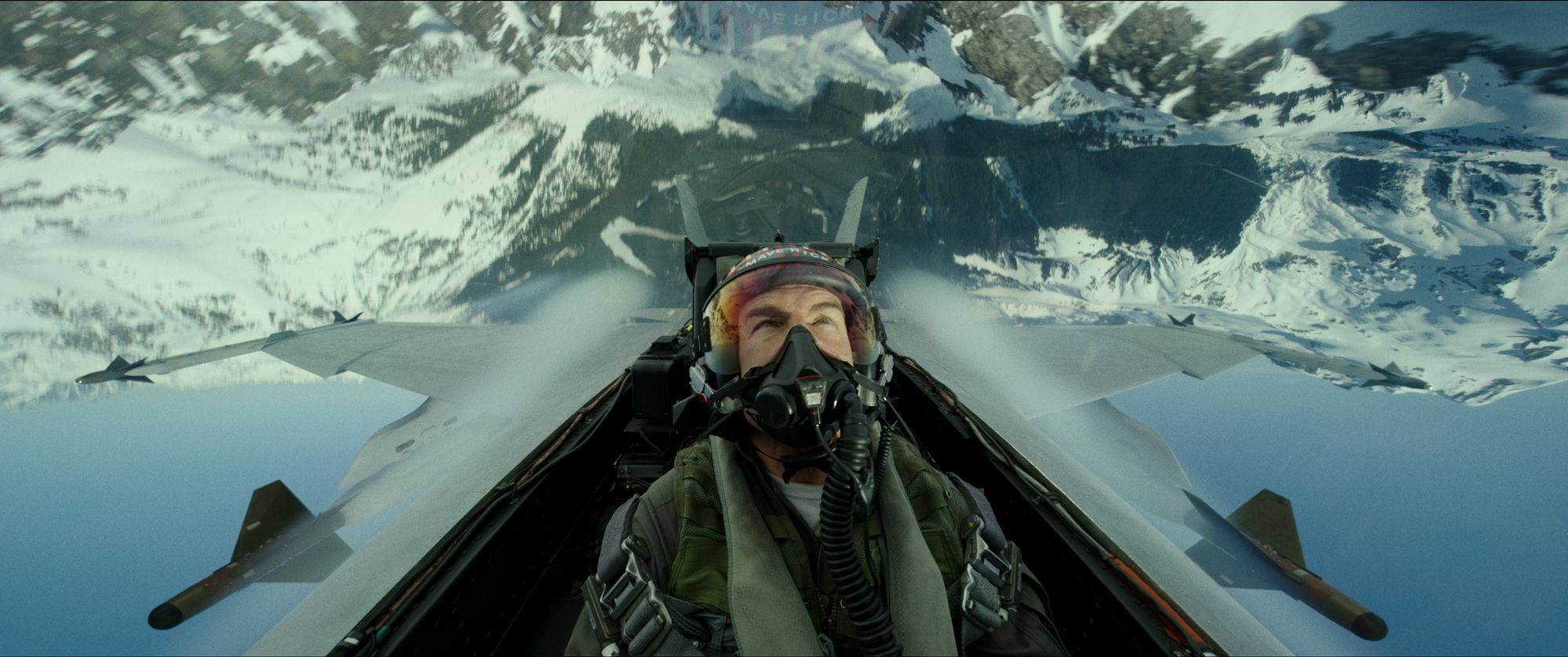
Before I get to my conclusion, here's a quick list of couple other passing similarities:
- They both have very similar structures: After an event in Act One forces our protagonist to leave their comfort zone, Act Two is all about training and preparation, including a lot of butting heads and characters opening up and learning to work together, before a massive, multi-stage action extravaganza that takes up pretty much the entirety of Act Three.
- They both have an element of spirituality, where characters often talk to disembodied spirits (Maverick reaching out to Goose while he's flying or Kiri communing with the nature spirit Ewa).
- Flying is a big part of both movies, whether that be in an F-18 or on the back of a Banshee.
- Both are nominees for Best Picture at the 95th Academy Awards!!
Parallel Visions
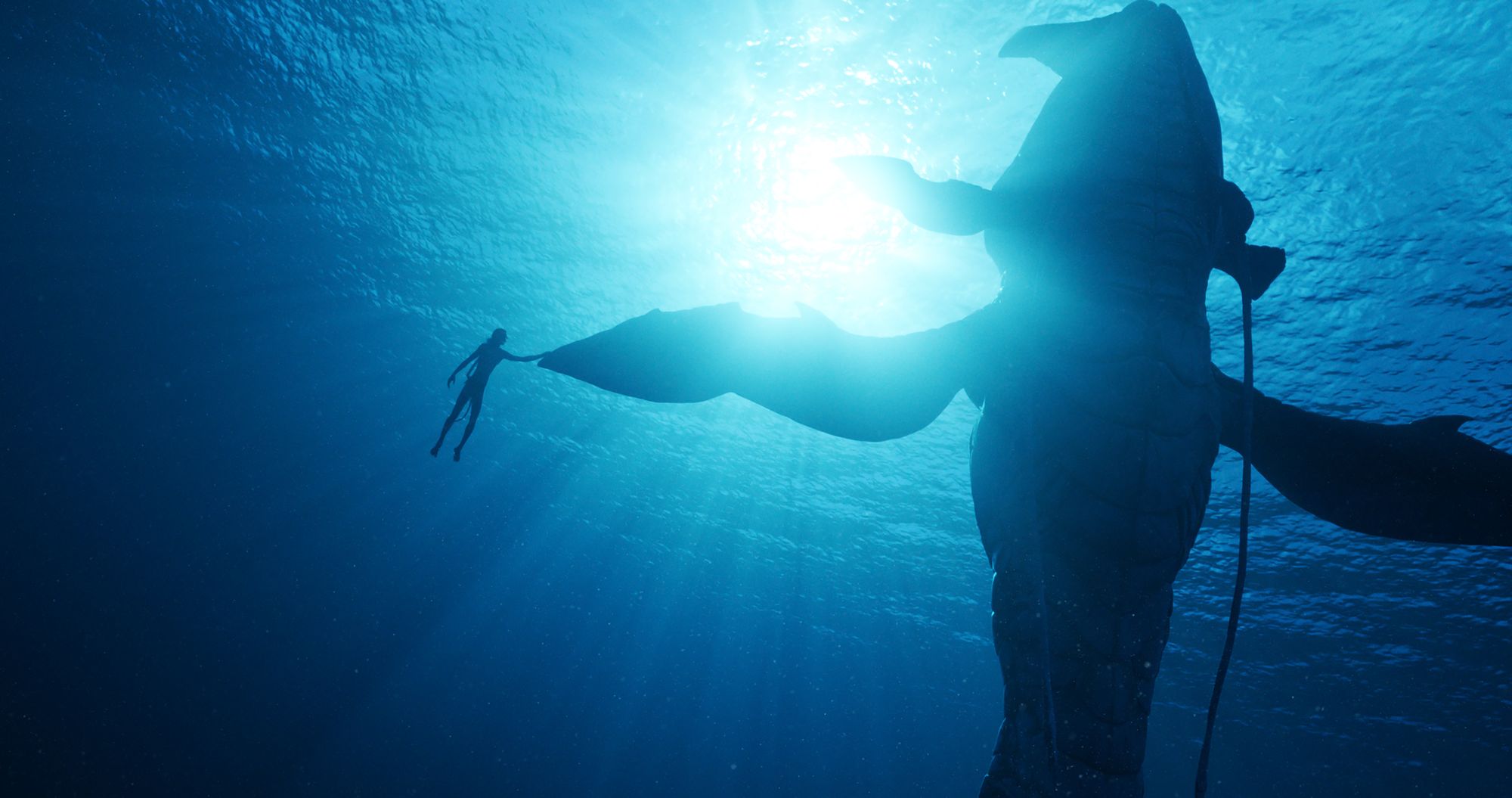
So, what does this all mean? Well here's my take on it all: these two films are by filmmakers who have had long, successful careers making thrilling blockbusters made for the big screen and are now in a media landscape, dominated by streaming and IPs, that is very different than in their heyday. You can see their anxieties on the state of the industry reflected in their films (Maverick's generation of fighter pilots is history!! The Na'vi are helpless against superior technology!!). But instead of caving into the times, these filmmakers stuck to their guns, using the latest technology and incredible talent from every department to craft two unforgettable theatrical experiences. And sure, these are major studio releases with budgets of upwards of 200+ million dollars, but there's almost an underdog quality to the narrative surrounding these films, a massive bet on an old school way of making movies. In a sort of meta way, the story of the films at large mirrors the characters of the films', as they go up against seemingly insurmountable odds with a slim chance of victory.
But guess what? According to the box office receipts, they won!! As of now, they've made a combined total of over 3.5 billion dollars in theaters. Seems like audiences still want these grand, monumental blockbusters and they want to see them on the big screen where they were meant to be seen. And while they might at first seem on opposing ends and are still duking it out at the box office, I think the audience and lovers of the movies are the winners at the end of the day.
